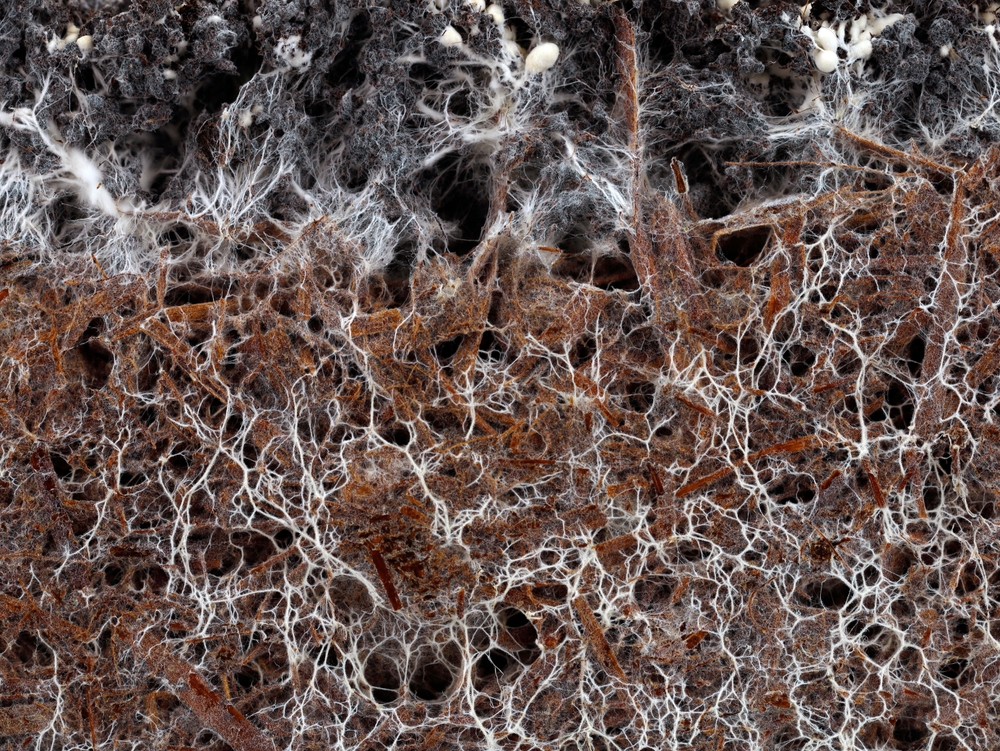Plants and fungi struck a deal way back when. More than 400 million years ago, plants began trading sugar (carbon) made from sunlight for some of the soil nutrients gathered by mycorrhizal fungi. Nearly 90% of all land plants are now part of this arrangement, so scientists have estimated that the amounts of carbon flowing through underground fungi must be significant. However, they didn’t realize how much carbon was in the system until now.
Researchers examined 194 data sets from 61 peer-reviewed papers and four unpublished studies to determine how much carbon plants allocate to fungi. They found that plants pass 1% to 13% of their carbon to mycorrhizal fungi, depending on the type of fungi. Most of these estimates came from isotope-tracing techniques, which involve labeling carbon and measuring the proportion that becomes part of the fungi.
According to a recently published study in Current Biology, more than 13 billion metric tons of CO2 is passed from plants to mycorrhizal fungi each year — equivalent to around 36% of all annual global fossil fuel emissions. This is more than what China emits each year. Fungi that live in soil are the major conduits of carbon sequestration, the core practice of regenerative farming. Land is the second-largest carbon sink on earth, after the ocean, holding almost 30 percent of what is stored, a massive climate benefit.
The conclusion that more than 13 billion metric tons of CO2 are passed from plants to mycorrhizal fungi each year may be an underestimate. Approximately 75% of all land carbon is stored in the soil, and mycorrhizal fungi are vital in pumping carbon into the soil food web, and transforming the soil beneath our feet to a massive carbon pool and the most effective carbon capture storage unit in the world.
Mycorrhizal fungi use carbon to build far-reaching networks of fine filaments known as hyphae. Fungal hyphae form a vast web that interacts with plant roots, allowing plants to source water and nutrients from a much larger area. This living underground network contributes to the evolution of plants, the engineering of soil ecosystems, the maintenance of the global carbon balance and biodiversity.
Professor Katie Field, Professor of Plant-Soil Processes at the University of Sheffield, stated, “Mycorrhizal fungi represent a blind spot in carbon modeling, conservation, and restoration – the numbers we’ve uncovered are jaw-dropping, and when we’re thinking about solutions for climate, we should also be thinking about what we can harness that exists already.”
This is a very salient point. We have a fungal network that runs to every corner of the planet. No need to reinvent something that’s already available to us.
Andaman Ag sells a number of biological products that promote fungal growth and expansion which in turn, as discussed above, expand the crops’ access to water and minerals. Seems like a no-brainer, you’re contributing to the planet’s overall climate health, and as carbon credits become more tangible and widespread, they will also contribute to your ROI.





